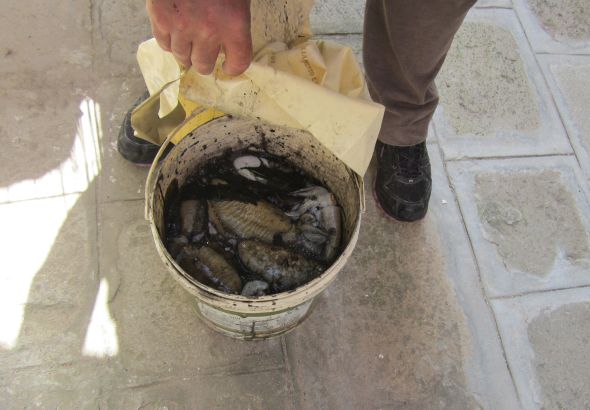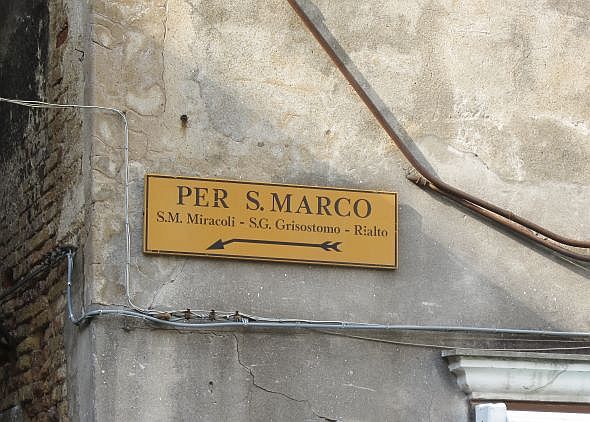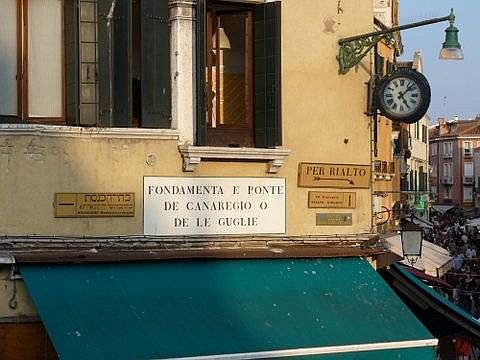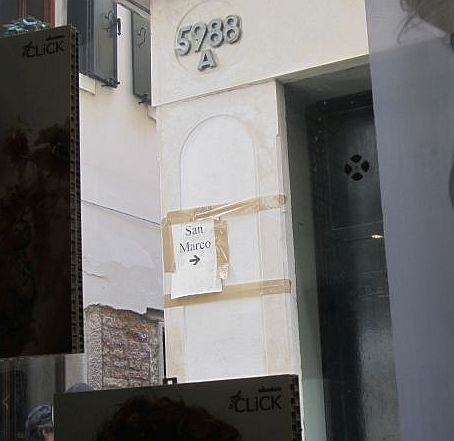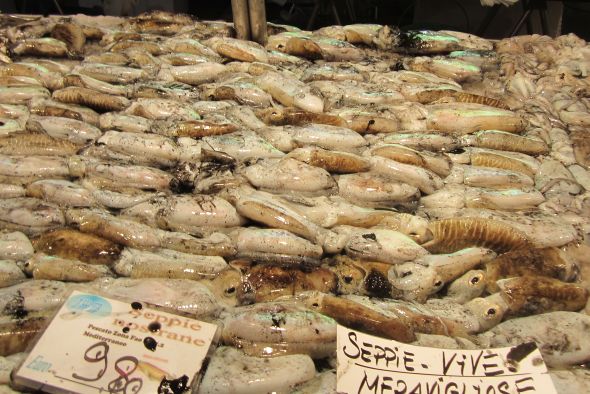
I realize that cuttlefish do not loom large on many people’s culinary must-eat lists. Nor, if you’re a sport fisherman, on your must-catch list.
Excuse me if I bring them up again, because contrary to any impression I may have given that I’m obsessed with them, I’m not, no matter how many times they undulate their way into my blog. They’re always here for a reason. And the reason just now is because of their quantity this season, which is exceptional.
The plethora of seppie this spring is approaching the level of annoying. (Think of the brooms-with-buckets multiplying exponentially in Fantasia‘s “The Sorcerer’s Apprentice.” The situation here would be brooms-with-buckets-sloshing-with-seppie, more and more, on and on.) That’s what it looks like to me.
My delight — and I think Lino’s, too — in seeing (A) dazzling fresh seppie in the fish market and (B) dazzlingly low prices has been fading for a while now due to the sheer quantity of the tentacly treasures. Something that once was a special treat has become a freaking fardel, a burden, practically a punishment. It’s become something like finding ourselves overwhelmed every day for weeks and weeks with Almas caviar, Wagyu beef, Swedish moose cheese, all floating on a high tide of Chateau Mouton Rothschild 1982. Even all that would lose its appeal. We’d start dreaming of scrambled eggs. The seppie are proof of it.
First, we bought them, and we were happy in our simple pleasure. Then the indefatigable fisherman upstairs gave us a bag. And we rejoiced. Then he gave us another bag, and we smiled. Then Lino went to the rowing club and discovered buckets of the critters just removed from the fishing net; several people urged him to help himself, but he said, “No, but thanks just the same.”
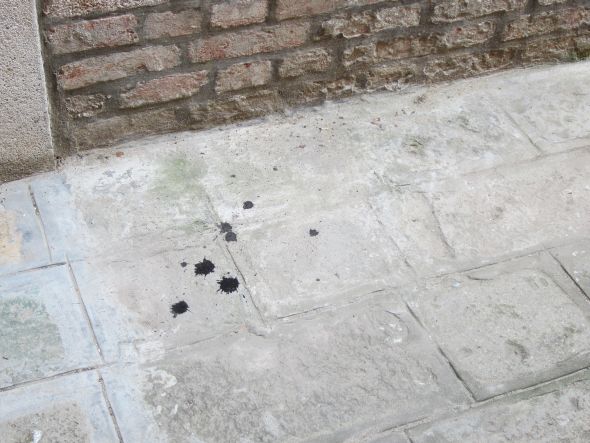
Now the phone rings, and it’s his son. The nets that he and his friends put out by the fondamenta where he works have yielded up another major haul, and he says he’s got a bag ready just as soon as we can come by. What could Lino say? Of course he said “Great, I’ll be there tomorrow morning.” (I’d have preferred hearing him ask, “You don’t happen to have a kilo of Alba truffles, by any chance?” But that would have been so rude. And pointless.)
We put the last batch in the freezer, for Lord’s sake, something we never do because you can’t freeze the ink. Only God knows how we’re going to eat all this. Sandwiches. Hash. Croquettes. Casserole surprise. Parfait.
Lino says the next time he hears our neighbor’s boat returning, he (Lino) is going to close the shutters and turn out all the lights. But I think we’d start hearing strange knocks on the door, and look out to find a herd of seppie on the steps waving their tentacles and saying “What’s wrong with us? You loved our parents. Let us in! Throw us in the pot! Hurl us onto the griddle! Send us to Valhalla with the seppie warrior-maidens!”
There are two sayings here, which mean the same thing: “Piove sempre sul bagnato” (It always rains where it’s wet) and “Quando sei ubriaco tutti ti danno da bere” (When you’re drunk, everybody offers you a drink). The seppie now need their own proverb. I’m working on it. It will be essentially the same idea, but squishier.
